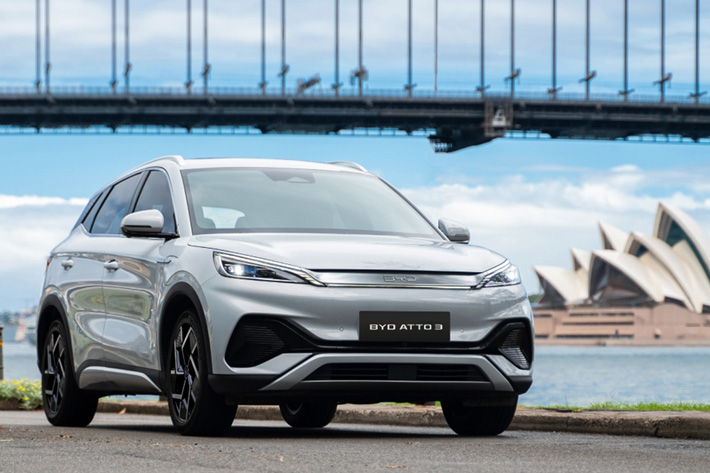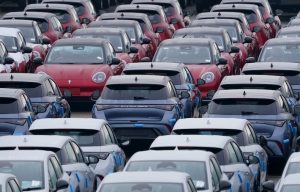Chinese electric vehicle (EV) maker BYD has reduced shifts at two auto assembly plants in China, people with knowledge of the matter said on Tuesday.
The move is a sign of how weaker demand in the world’s largest auto market is affecting its best-selling electric vehicle brand.
BYD, which outsells Tesla in China, asked some of the workers at its Xian plant – its biggest manufacturing hub – to work only four days a week, according to three people and an internal memo sent earlier this month.
Also on AF: Beijing Regulator Delays CATL’s $5 Billion Swiss GDR Listing
The factory runs two eight-hour shifts per day and makes BYD’s top-selling Song and Qin EV sedans.
The carmaker also reduced shifts at its Shenzhen plant – which makes its Han sedans – from three shifts per day to two per day, four people with knowledge of the development said.
BYD declined to comment. The sources declined to be identified, because the production schedule is private, but one added that BYD had been throttling back on production in the face of weaker industry-wide demand in China since the start of the year. BYD did not give a reason for the reduced shifts in its planning memo.
It was not clear how long the reduced shifts would last for BYD and if any of its other three assembly plants in China were affected by production schedule changes. It was also not clear how the reduced shifts would translate into production volume changes.
Industry-wide inventories
BYD has been growing fast and taking market share in China. Last month it outsold Volkswagen-branded cars in the country for the second time. BYD also outsold Tesla by more than five times in the first two months of the year.
But BYD has also been slowing output since the start of the year, when industry-wide sales began to slow and China ended a national subsidy programme for EVs and plug-in electric vehicles.
Analysts have credited aggressive discounts for creating some demand as other automakers have followed Tesla into what has become a price war over market share.
However, industry-wide inventories have been rising.
Fresh incentives for EV-makers
Local Chinese authorities are now rolling out buyer subsidies to drive demand and some of these programmes have started to extend to automakers to encourage manufacturing.
On Tuesday, the Xian government announced that to encourage local EV production it would give a 2,000 yuan reward per vehicle for every car produced over 2022 levels to a maximum of 10 million yuan ($1.45 million) per automaker. It also announced subsidies for EV purchases.
BYD produced 5,749 cars in January and February on average per day, 22% fewer than its average daily output in October and November, according to data from China Association of Automobile Manufacturers.
Total sales of BYD including exports and those to dealers increased 89% in the first two months from the same period a year earlier, the company has said. But retail sales, based on insurance registration data, showed slower growth of 66%, data from China Merchants Bank International showed.
To spur demand, BYD began offering discounts for its best-selling Yuan Plus and Seal EVs in March. The company also launched refreshed versions of its Han sedan and Tang crossover last week.
- Reuters, with additional editing by Vishakha Saxena
Also read:
China Car Sales Slump 20% on Weak Demand But EVs Charge Ahead
China’s BYD Launches Its Charge For The Top in Japan
BYD Sees Profits Supercharged as EV Sales Surge in 2022
Buffett’s Berkshire Sells Another $139 Million BYD Shares
BYD New Energy Car Sales up 119% From 2022 – Yicai
BYD Won’t Consider UK for Europe EV Plant Due to Brexit – FT






















